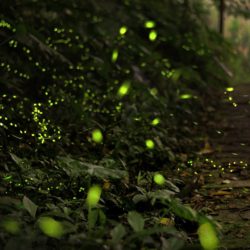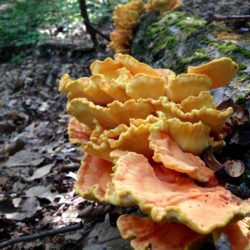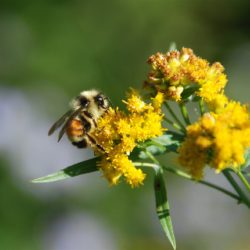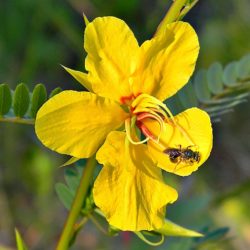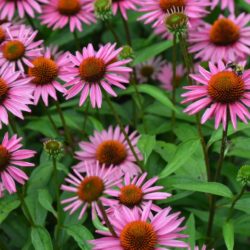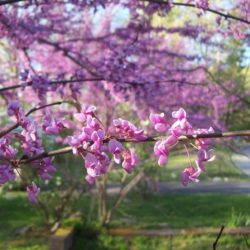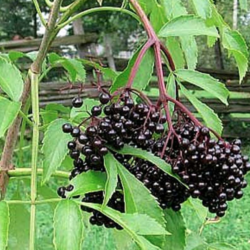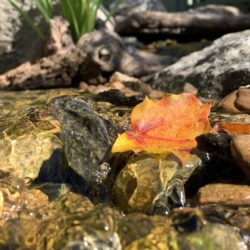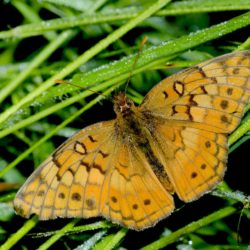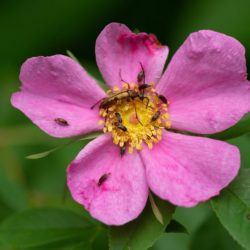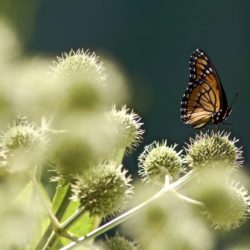By Jane Slade
Darkness is disappearing from the face of the Earth, blinding wildlife in the light. Since life began, the Earth’s rotation has created cyclical darkness by which living things evolved, tuning instincts and behaviors over millennia. The loss of darkness has inhibited the sensory experience of wildlife, changing the behavior of species and how species interact with one another.

